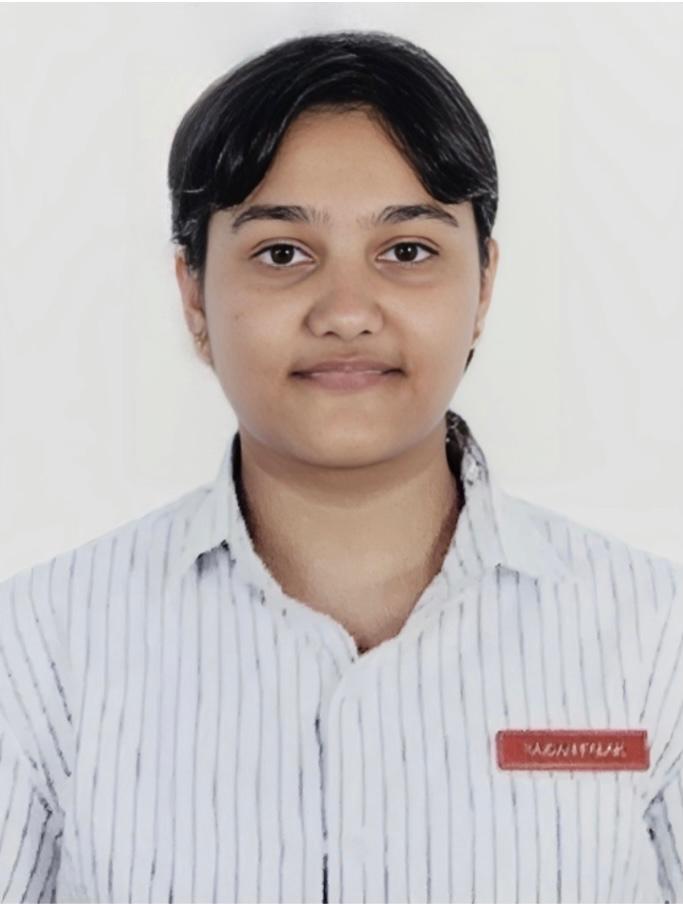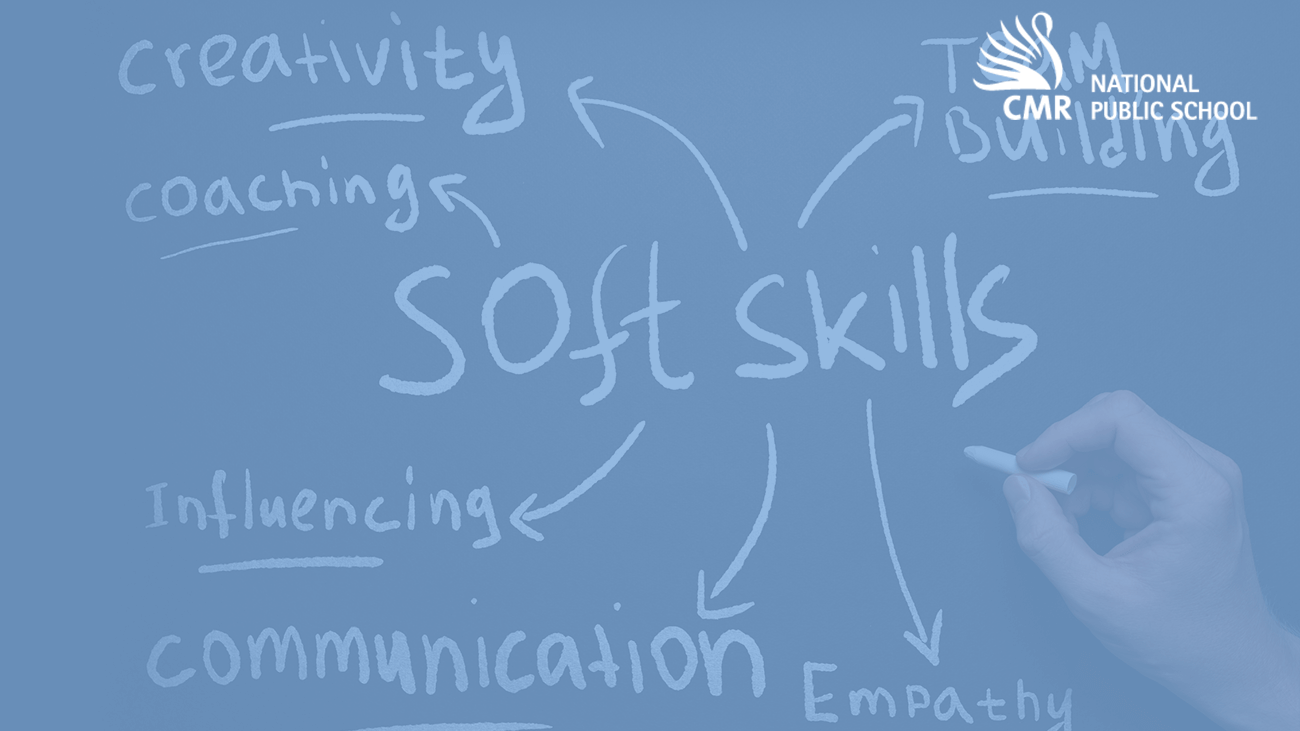Janapada Loka, meaning “folk world” in Sanskrit, is a captivating realm that embraces the rich tapestry of traditional music and dance forms from various regions of Karnataka. It serves as a doorway to the roots of Indian culture, where age-old folk traditions are preserved and celebrated.
This term, students of grade 8 were taken to Janapada Loka located in Ramanagar district in order to explore the vibrant world of folk music and dance, shedding light on its significance and impact.
Janapadaloka encapsulates the heart and soul of Karnataka’s diverse cultural heritage. It showcases the folk traditions that have been passed down through generations, reflecting the unique customs, beliefs, and ways of life of different communities across the state.
It was founded by Dr. H.L Nagegowda to provide a platform for talented artists to showcase their skills and ensures that traditional art forms continue to thrive.
Folk music in Janapada Loka is characterized by its simplicity, rawness, and deep connection to people’s everyday lives. The lyrics often narrate stories of love, joy, sorrow, and historical events. Traditional instruments like the tabla, dholak, sarangi, and flute accompany the melodic tunes, adding depth and authenticity to the performances.
The Neelagurus for example are a tribe from Chamrajpura who are devotees of Mahadeva. They sing beautiful songs with deep meanings spreading their beliefs and culture.
Folk dance forms in Janapada Loka are a lively amalgamation of movement, rhythm, and expression. They serve as a medium for celebrating festivals, commemorating harvests, and conveying social messages.
There is a lovely display of every culture and tribe of Karnataka. Each has a significant dance for example the Dollu Kunitha performed mainly by men and women of the Kuruba community of Northern Karnataka during temple carnivals or welcoming guests.
We were given a tour of the different tribes, ancient and also ones which still exist.
There were different sections focusing on different aspects and acts.
The Loka Mandira-It had a display of different kinds of agricultural objects, daily holds and ancient things normally used by tribes of Karnataka. Chitra Kuteera-Gave u information about different tribes and their occupation, ways of living, etc. Some of the most famous ones are the Gowligars, Koramanju,khasalas.
Janapada Loka has an open theater where to date there are performances representing the state’s culture.
Janapadaloka acts as a living museum, promoting cultural understanding and appreciation.
For an amazing and fun experience, students were also taken to a toy factory in Channapatna representing Karnataka’s local /ancient way of making toys out of wood. The wood of Alemara is carved, sanded, and shaped to make toys or accessories.
It is said that this was the main occupation of people in the period of Tipu Sultan which has been carried down until now.
Overall the trip made us feel really close to our roots and culture allowing us to explore more and find the significance of our traditional and cultural acts.
Raidah Falak
8C



